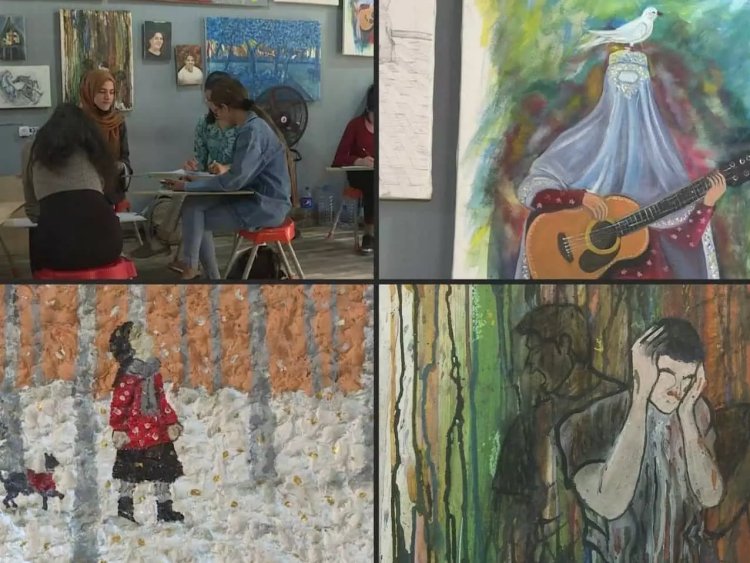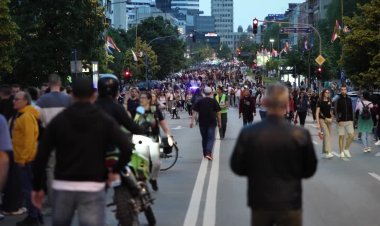Tajikistan art class a home away from home for Afghan exiles
The dozen or so Afghan refugees gathered, pencils in hand, in this small studio in Tajikistan are taking part in something that back home would expose them to reprisals from the Taliban: drawing. Leaning over their sketches, the students of refugee street artist Omar Khamosh, many of whom are women, apply themselves to portraits and landscapes evoking the country they left most often under duress.

When Omar Khamosh, a street artist who fled Afghanistan earlier this year, opened art space in neighbouring Tajikistan, it quickly became a place of refuge for other Afghans missing home.
On a recent visit to his studio outside the capital of the poor and mountainous Central Asian country, a dozen young Afghans were huddled around sketches in a room filled with images of their home country.
One painting on the wall showed Afghanistan's national flag -- which the new Taliban government is expected to discard soon -- in the form of a human eye, a tear forming on its lower lid.
"My friends and everyone who was drawing or doing art, they're not working anymore; they're hiding at home," Khamosh said of peers back in the Afghan capital, Kabul.
"The borders are closed. They can't leave. They sit at home without work and hide, fearing for their lives."
Some of the exiled Afghans in Khamosh's class arrived in Tajikistan in the weeks and months before the Taliban seized power in August. Others arrived earlier, some anticipating hardline group's takeover.
More than half in the class were young women, who said that the Taliban's early moves -- including closing schools and workplaces for many women and girls -- left them in no doubt that they had no reason to return.
Tajikistan has positioned itself as a supporter of Afghanistan's large ethnic Tajik population, but has also been reluctant to take in large numbers of refugees.















